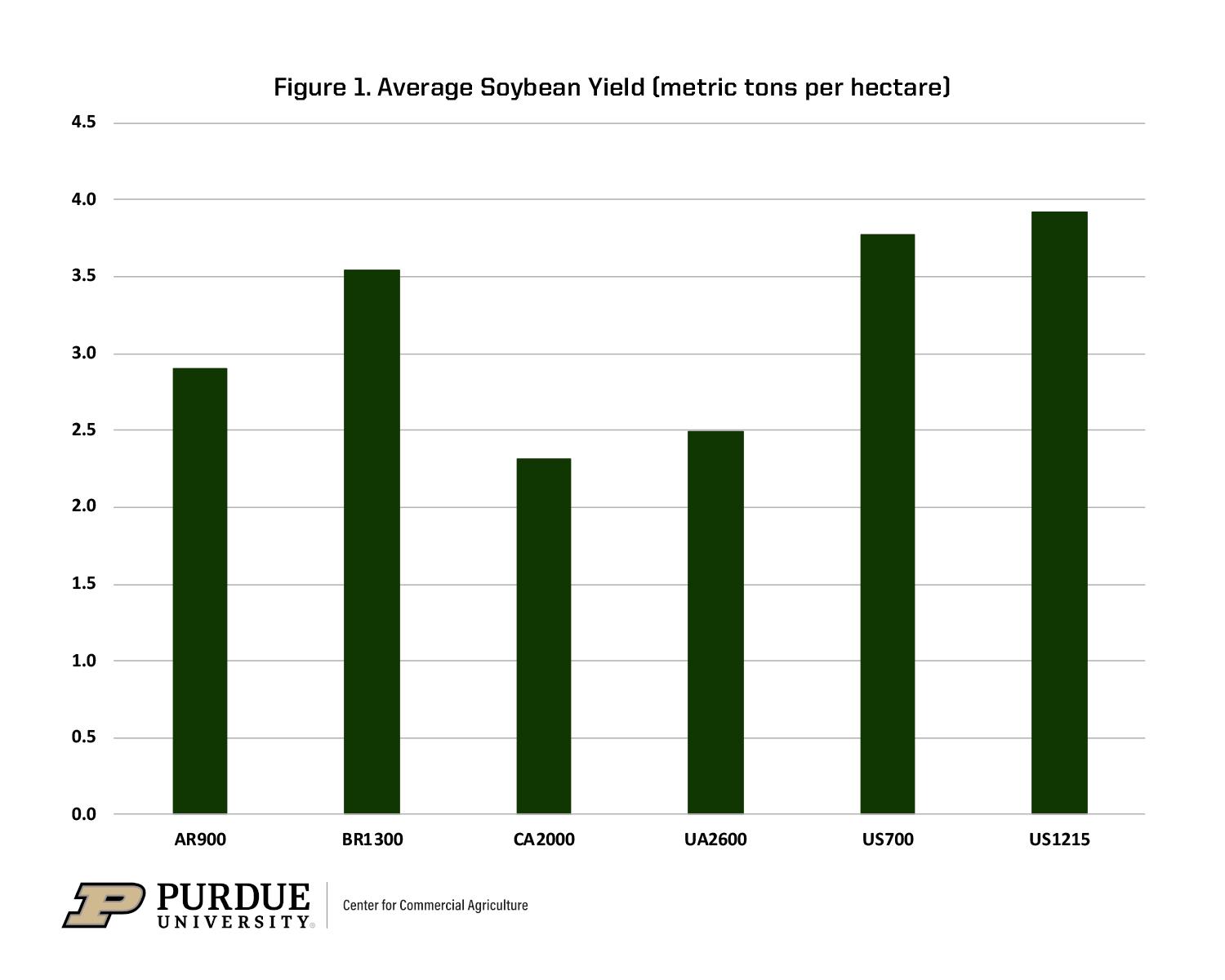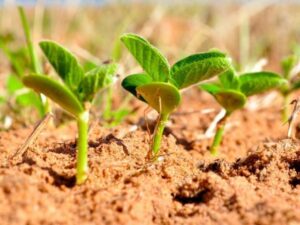Soybean harvests in recent years have offered surprises, but seldom one quite as impressive as what unfolded in southern Georgia. Stalks bowed by plump pods leaned under the humid sky where Alex Harrell, a grower embedded in Lee County’s soils, achieved what many termed impossible: boosting yields beyond anyone’s expectation—even his own.
A National Contrast and Local Disruption
In 2024, the United States Department of Agriculture reported an average soybean yield of 51.7 bushels per acre, steady but unspectacular compared to outliers. For most farmers across wide valleys stretching into dusk-lit plains, this figure remains an upper limit—yet Harrell pushed forward restlessly behind his tractor. Last season on a slender plot cloaked with red-Georgia clay rather than the customary sandy-loamy earth of prior records, he harvested an extraordinary 218.3 bushels per acre. Nodding stalks became trophies documenting how agricultural limits can be reimagined if the right combination of curiosity and perseverance takes root.
The Practitioner’s Craft — Not Merely Technique
At first glance, attributing such exuberant productivity to technology seems justified: precision nutrition blending from companies like BRANDT and fertilizer programs are indeed integral to modern field management. Yet dwelling too long on gadgets or inputs risks obscuring certain intangible forces underpinning success.
One crucial aspect—often bypassed when discussing farm output—is that a champion yield emerges from sustained passion intersecting with receptive land. While agronomists debate varietal performance tables or tweak fungicide protocols (which Harrell certainly does meticulously), there exists another layer rarely captured by data loggers: years spent studying plants’ silent responses at dawn after overnight storms or restless pacing beside fields when drought threatens verdicts harsher than market price swings.
It would be inaccurate to say that innovation alone delivered record numbers—although Harrell used unconventional soil mixes (switching entirely to native clay for this accomplishment) and adopted tissue sampling every week during early vegetative stages—instead of relying solely upon conventional nutrient assumptions.
Unexpected Steps Toward Mastery
Scattered throughout each growing season reside routines which stubbornly resist optimization algorithms; not every decision follows straight lines charted on spreadsheets. For instance:
– In-furrow blends coupled with three-by-three fertility placement alongside seed rather than beneath it.
– Weekly tissue samples that sometimes contradicted prevailing local advice about fertility sufficiency.
– Irrigation spike injections via Y-drop attachments run hastily before afternoon thunder threatened runoff losses.
– Preventive spraying programs launched before insects made their intentions clear—a gamble occasionally yielding nothing visible except slightly costlier ledgers.
After breaking the previous world record at over 206 bu/ac just twelve months earlier—the benchmark itself considered unreachable by some peers—Harrell expanded ambitions quickly while never really suggesting complacency had settled among his plans.
Refinements Do Not Guarantee Replication
Curiously enough, only part of these methodologies transfer easily between environments; clay-dense fields outside Smithville rejected some lessons learned under sandier stretches despite being mere miles apart geographically. He applied management insights developed on small research plots onto more expansive production fields—a tactic which quickly exposed unexpected deficiencies yet often revealed fresh potential for intervention.
A Mindset Focused On Increment rather Than Perfection
The quest for higher returns isn’t strictly mathematical—or even entirely linear—in execution here. With deep-seeded motivation probably cultivated alongside parental wisdom passed down row-by-row (his father Rodney included in daily operations), priorities subtly shift based not just upon external rewards but also continuous improvement mindsets nearly universal among U.S. agriculturalists striving for what sometimes feels like unreachable consistency.
Yet reaching ever-higher doesn’t always confer peace; some seasons he targeted average double-crop soybeans above eighty bushels per acre—but this aspirational goal remains atop his annual ambitions more so than within grasp year after year due largely to inherent unpredictability woven into cropping systems themselves.
Sustainability In Shadow And Spotlight
Soil stewardship emerged as another foundational element underpinning exceptional yields in this narrative—though its role can feel simultaneously central and peripheral depending whose narrative prevails during tabletop discussions among growers late into winter meetings. Seeding highly-diverse fall cover crops before implementing strip-till methods steadied fragile soil structure even while maximizing surface residue capture—a dual goal favorably regarded within sustainable intensification paradigms though not without periodic frustrations regarding residue management equipment compatibility in wetter springs.
Brief Tangents Among Triumphs
Undoubtedly harvest volumes secured headlines—the numerical feat reverberated well beyond academic agronomy departments—but walking through those robust stands triggered musings about overlooked complexities entwined within each pod cluster too: texture gradients across micro-zones missed by satellite imagery or idiosyncratic pollinator interactions having effects seen mostly out the corner of a watchful eye rather than inside season-ending spreadsheets.
Sometimes it appeared every answer produced only further questions about whether maximum yields bring proportional benefits everywhere else across interconnected systems—or if perhaps next year old techniques forgotten last decade might quietly resurface under shifting climatic norms merely because adaptation thrives where predictability falters most elegantly.
Thus propelling new champions forward will likely depend equally upon fervor wandering toward emerging ideas—and calculated risk-taking gently managed through both data-informed science and instinctual judgment earned along rain-dappled furrows running between memory and hopefulness that next spring could reveal answers different yet again from those found so far along this capricious path agriculture offers steadfast practitioners willing enough never to settle too comfortably behind their own records.











